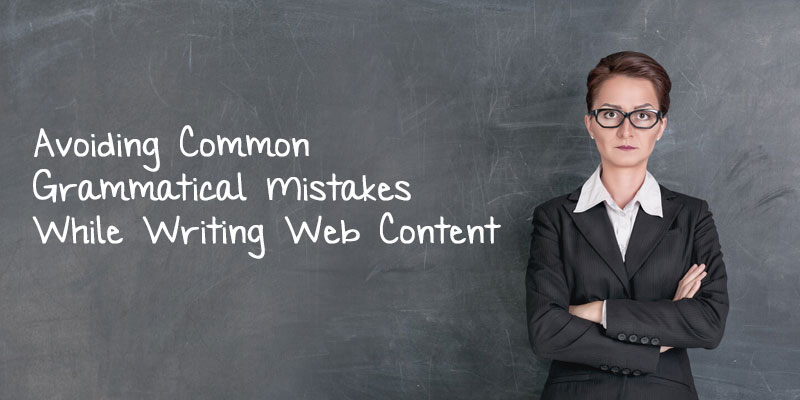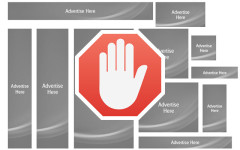 “Content is king” and “Having good quality content is highly important for SEO” – These are common statements you may have heard before. This is why we focus a lot on writing great content by including the most relevant topics, using interesting language, employing fancy words, etc. But, do we focus the same on grammar and its rules?
“Content is king” and “Having good quality content is highly important for SEO” – These are common statements you may have heard before. This is why we focus a lot on writing great content by including the most relevant topics, using interesting language, employing fancy words, etc. But, do we focus the same on grammar and its rules?
No doubt, the Internet is a very friendly and relaxed platform to communicate with visitors. But, does that mean we get relaxed with our language too? Does that mean we need not consider the rules made for the English language? Not at all! We can definitely take it easy in terms of language and words but, with no compromise on grammatical rules. After all, our language and content is the face of our brand and we don’t want to negotiate with our professionalism, right?
So, it’s time we pay attention to our Web page content and revise some of the basic grammar rules that we may have been neglecting till now. Here are some of the most common words and how they are used incorrectly.
Website or website
Should the ‘W’ in website be capitalized? Well, yes! After all, we are referring to the World Wide Web. So, the ‘W’ should be capitalized. However, major search engines aren’t case sensitive. So, it shouldn’t be much of a problem when people search for it. But, being professional has no drawback, right?
Website or Web site
Is Website one word or two different words – Web and site? Formally, it should be used as Web site and informally, it may be used as Website. If you consider using Web site even informally, it would be great! But, if this is a keyword for your industry, you wouldn’t want to take the risk of being professional and not being able to drive traffic to your site. This is because users will generally type ‘website’ and not ‘web site’. But, some professionals may type ‘Web site’ in search. So, you must use both the variations on your pages.
e-mail or email
e-mail is the correct version of using the word. But again, if this is your keyword, you need to see how your target audience will be searching for it. A majority of them will type ‘email’ and not ‘e-mail’. So, here also, it is better that you use both versions of the word.
it’s or its
It is often a common confusion whether to use its or it’s. It is imperative to understand the difference. It’s is the short form of ‘it is’ and its is used as a possessive form of ‘it’. Let’s understand this with an example.
It is cold outside = It’s cold outside
The dog wagged its tail
Apostrophe while writing a plural
Generally, there is no apostrophe used when writing the plural of a word. Only an ‘s’ is added at the end. But, when you have capitals, there is a slight difference. Capitals with no interior periods can be made plural by simply adding an ‘s’ but, those which have periods contained within will require an apostrophe. For example, plural of SERP is SERPs but plural of Ph.D. is Ph.D.’s.
Hyphens
Hyphens have always been a confusing element. Whether to hyphenate compound words or combine words as one word or use them as two different words. Here you must remember that when adjectives appear before a noun, hyphenation is required but not when used after.
Commas
Commas are tiny but important elements of a content. They must be used where you need a pause in your sentence. There are various ways in which you can use commas in your content. The most common use is to separate different like words in a sentence like blue, yellow, green, and red. Here, you need to add a comma even before the word ‘and’. Commas are also required to separate two compound sentences i.e. two completely different sentences.
Now that you are clear with the most common usage of words and the errors made, you will be able to write better content. Also, make sure to be very careful with the spelling of every word. Keep a dictionary with you to check for any doubt in the spelling of a word.



